Category: In The Garden
-
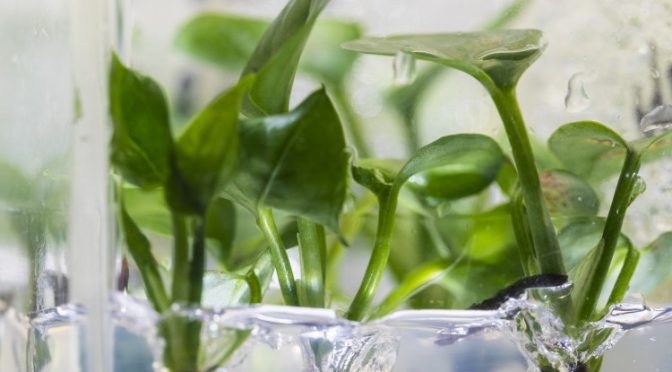
With A Little GMO A Common Houseplant Becomes An Indoor Pollution Fighter
“People haven’t really been talking about these hazardous organic compounds in homes, and I think that’s because we couldn’t do anything about them. Now we’ve engineered houseplants to remove these pollutants for us.” (Click on title for full story.)
-
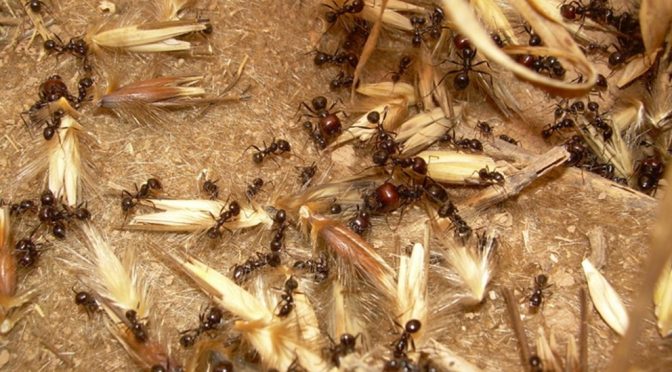
If You Protect The Ants They Will Do Your Work For You
Harvester ants that eat weed seeds on the soil’s surface can help farmers manage weeds on their farms, according to an international team of researchers, who found that tilling less to preserve the ants could save farmers fuel and labor costs, as well as preserve water and improve soil quality. (Click on title for full…
-
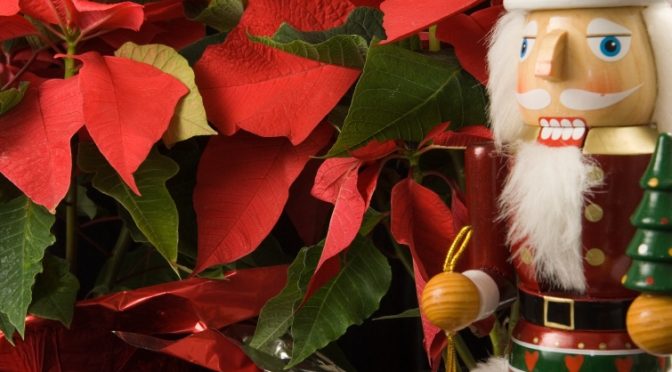
Pity The Maligned Poinsettia: Everyone “Knows” It Is Toxic. But It Isn’t Really
This festive plant is not deadly, but some stories just won’t go away. (For full story click on title.)
-
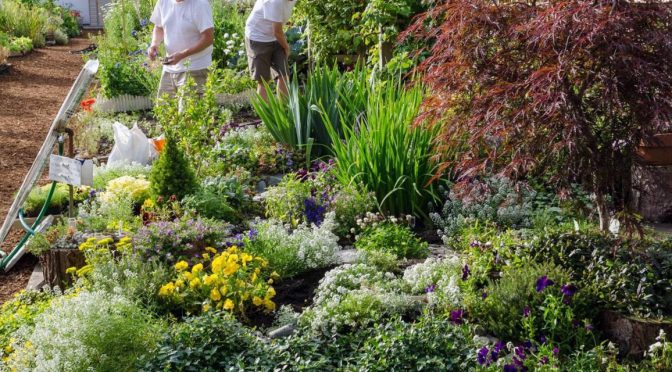
Want To Live To 100? Centenarians Are Found In The Garden
He says there is evidence that gardeners live longer and are less stressed. A variety of studies confirm this, pointing to both the physical and mental health benefits of gardening. (Click on title for full story.)
-

Toxic Squash Syndrome: Who Knew?
Although it’s rare, other cases of cucurbit poisoning have been described in the medical literature; in those cases, people developed food poisoning after eating bitter-tasting squash, zucchini and other gourds, according to the new report. But these are the first two reported cases linking the consumption of bitter-tasting gourds with hair loss (Click on title…
-
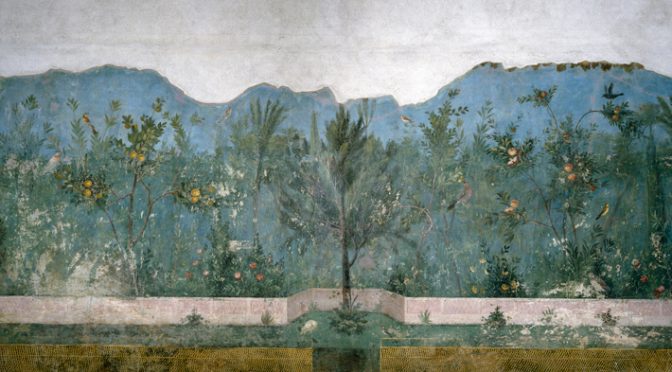
Rediscovering Ancient Gardens And Why Our Ancestors Created Them
Beginning in the mid-twentieth century, archaeologists started to apply the full range of methods available to identifying and understanding ancient gardens. As technology has evolved, researchers have not only been able to discover where gardens were located and, generally, what they were used for, but also to determine which individual plants were cultivated and how…
-
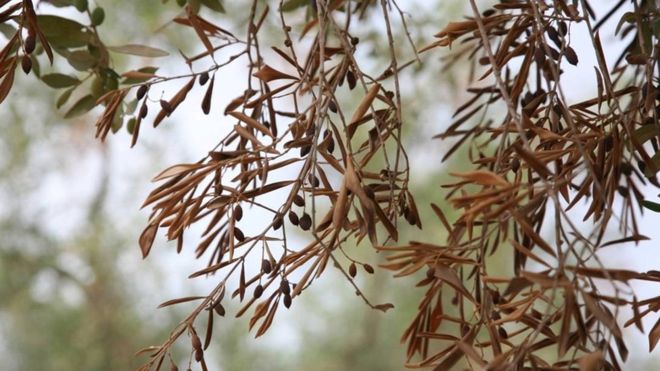
Devastating Plant Disease May Be Coming Our Way
Experts describe Xylella fastidiosa as one of the “most dangerous pathogens worldwide”. The bacterium invades the vessels that a plant uses to transport water, causing it to display symptoms such as scorching and wilting of its foliage, eventually followed by the death of the plant. (Click on title for full story.)
-
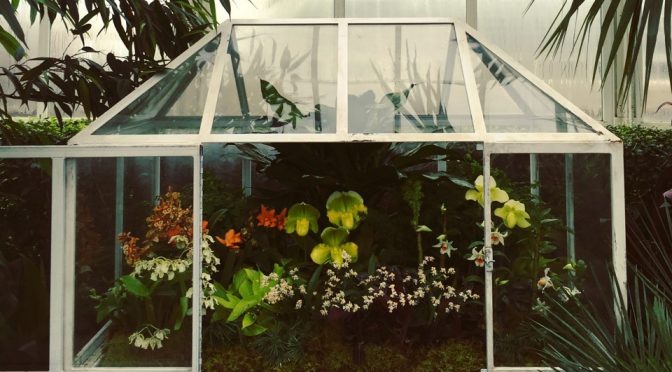
The Little 19th Century Terrarium That Changed Our Lives
If you’ve ever eaten a banana, changed a car tire, or accidentally killed an orchid, then you have the Wardian case to thank. Unfortunately, you can probably also blame this small, sealed container for the rapid spread of both European colonialism and invasive plant species in the 19th century. A predecessor of the modern terrarium,…
-
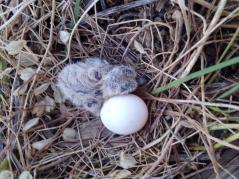
Agricultural Fields With Cover Crops A Haven For Wildlife
We think cover crops, such as cereal rye, likely provide migrating birds with more vegetation and a safe area to escape from the elements and from predators, Cover crops also increase insect abundance, another food source for birds. The increased number of insects allows migrants to fuel up faster and move on to their breeding…
-
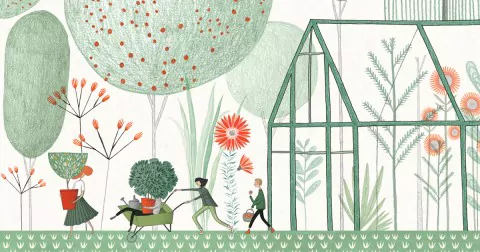
Gardening Benefits Children In A Great Many Ways
Whether in your own little plot or as part of a larger space, gardening can provide children with a variety of benefits few other activities can. (Click on title for full story.)
